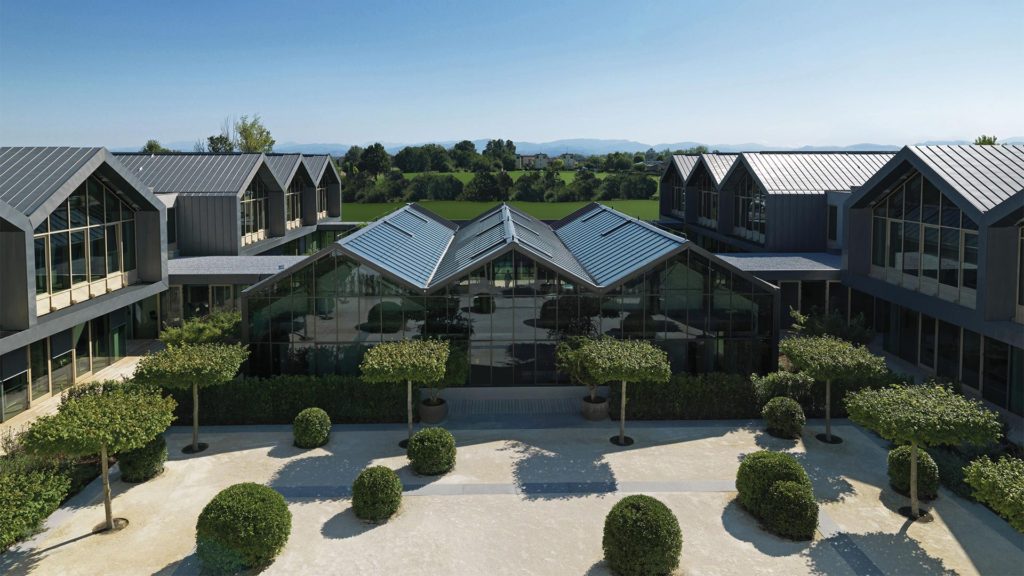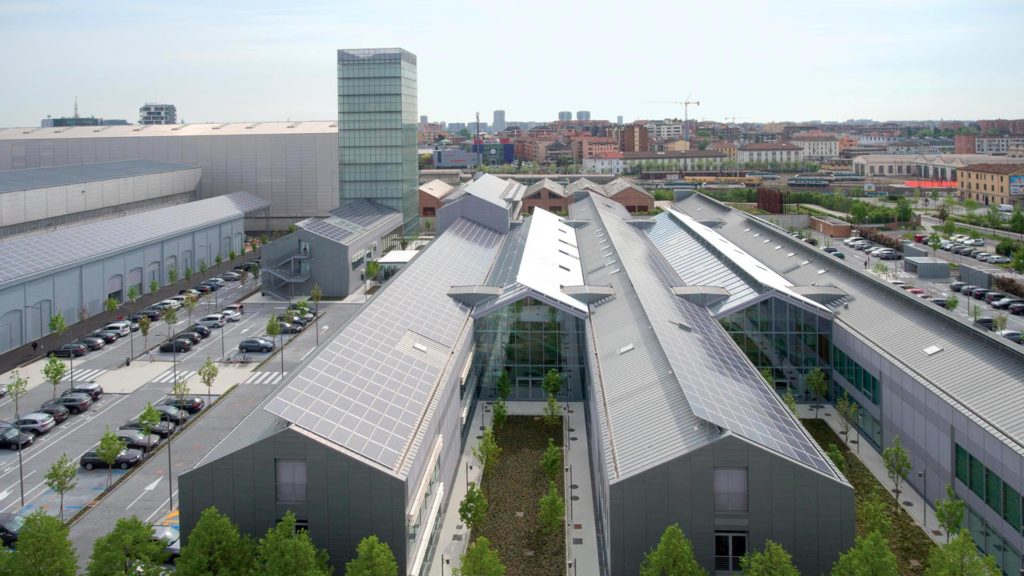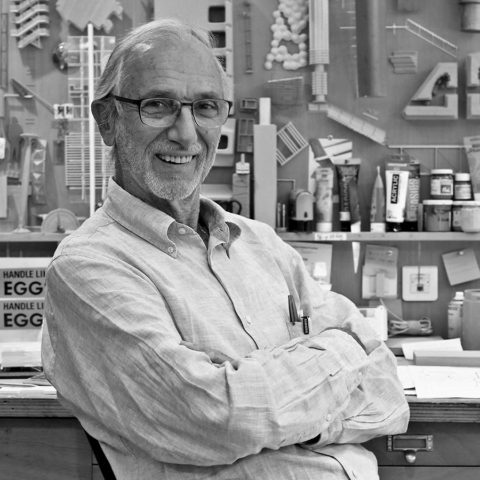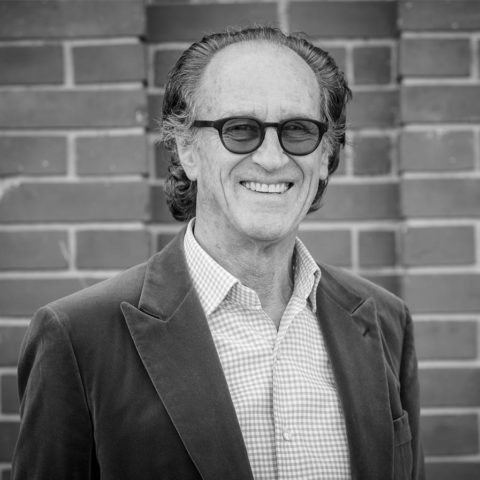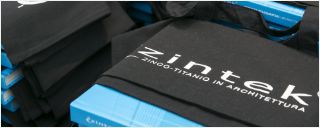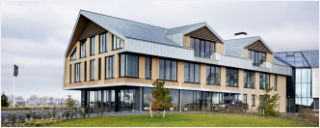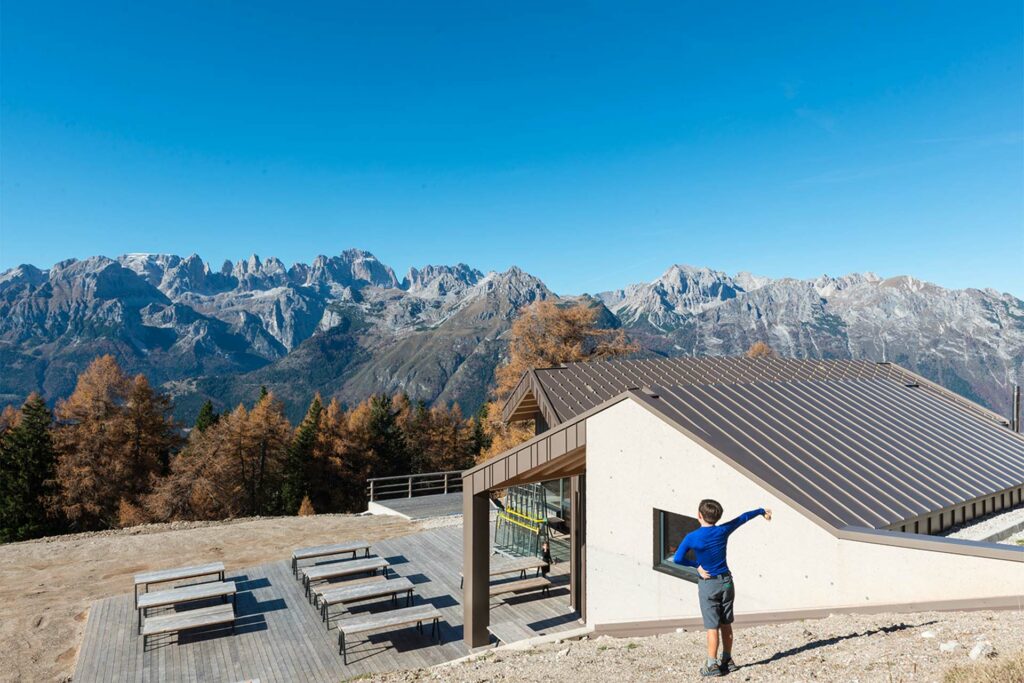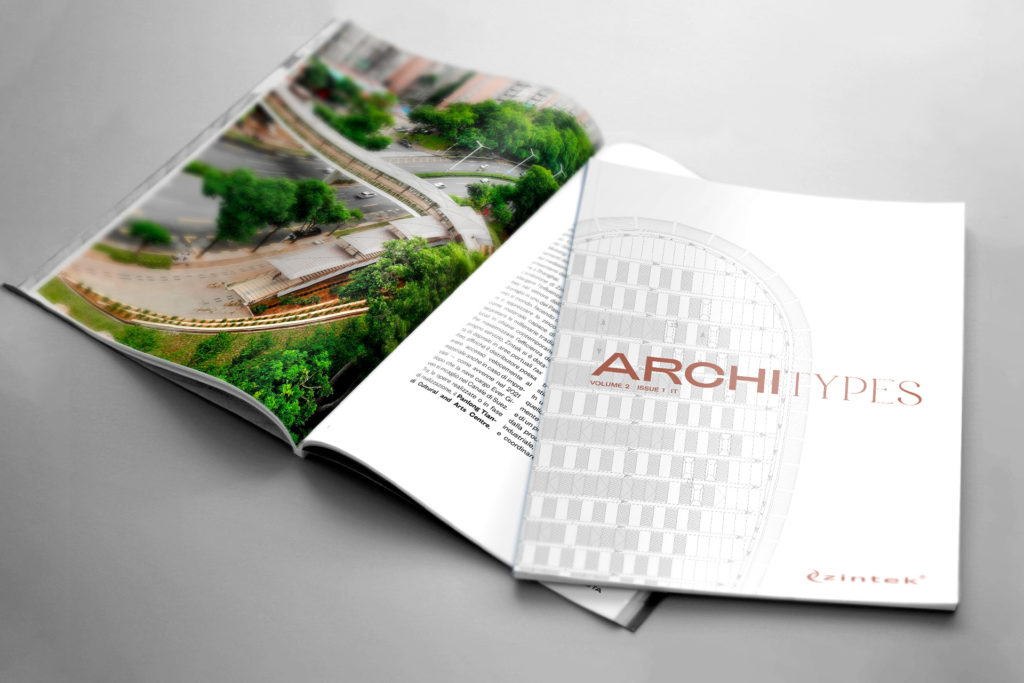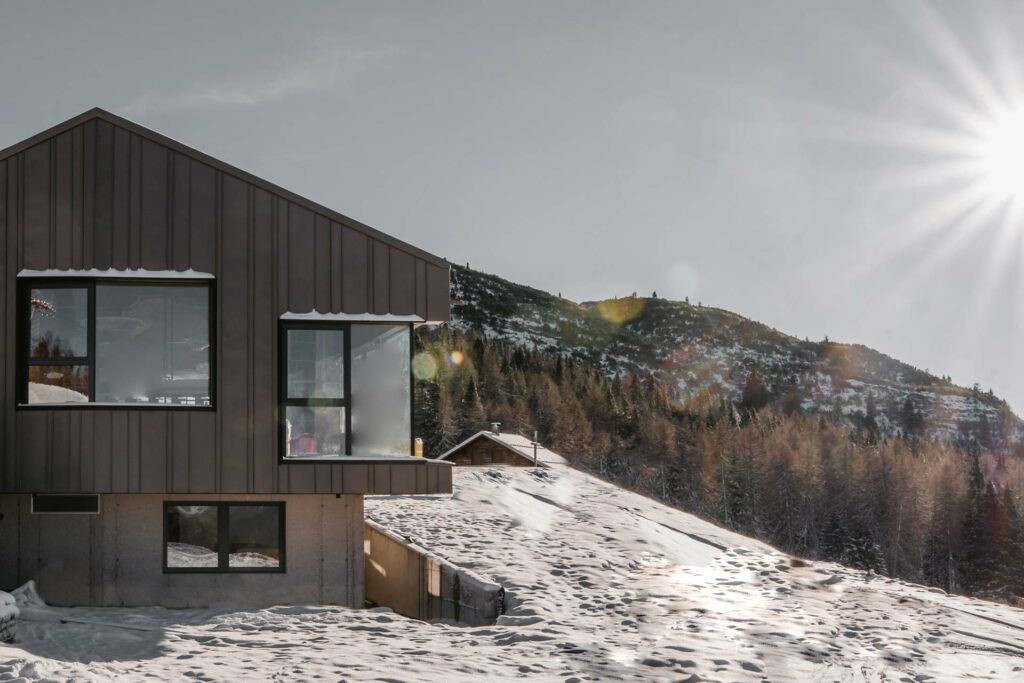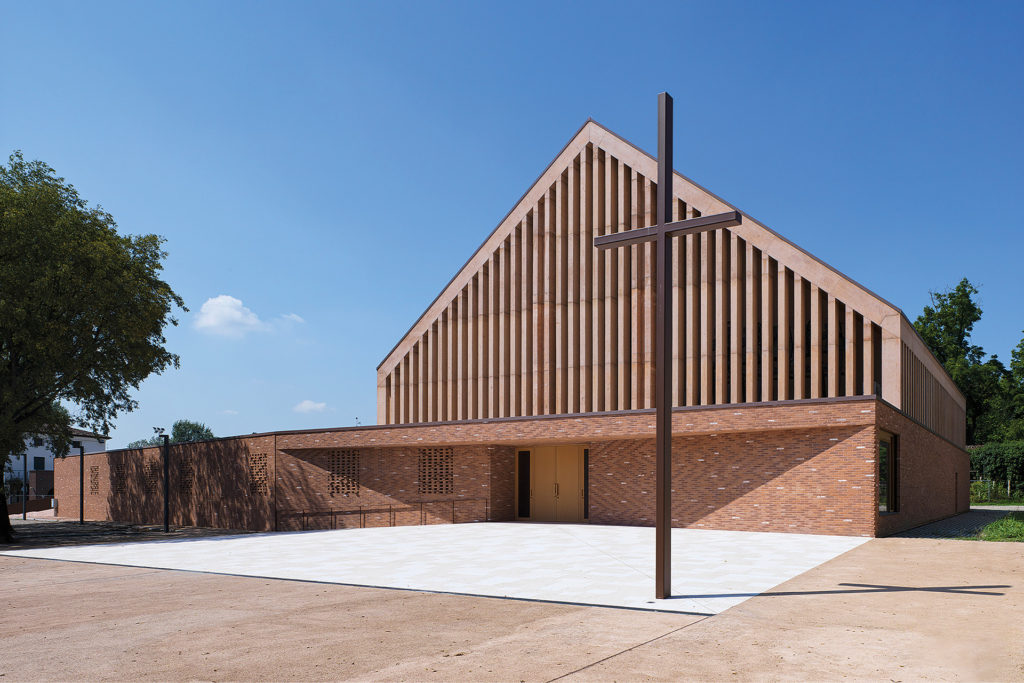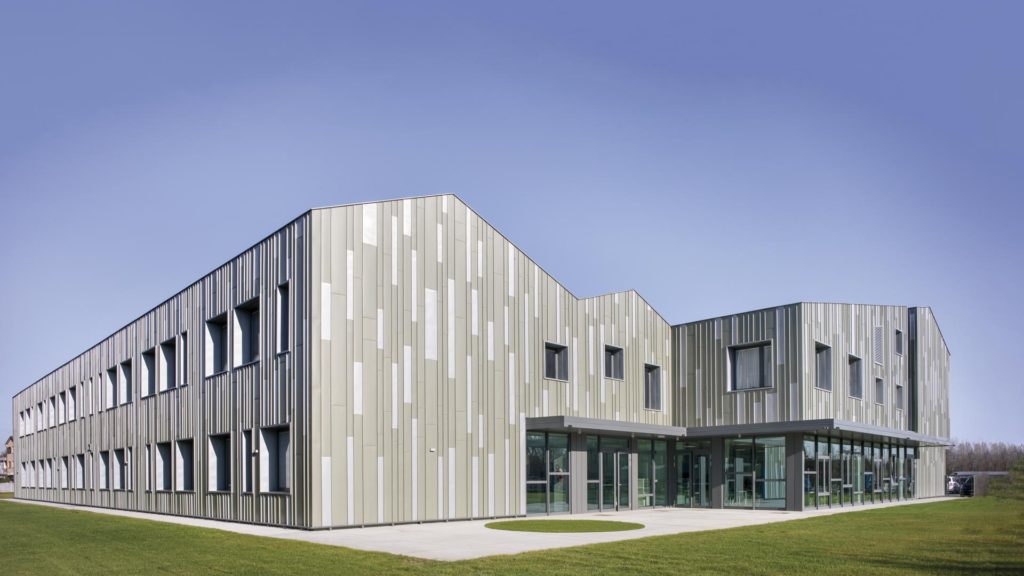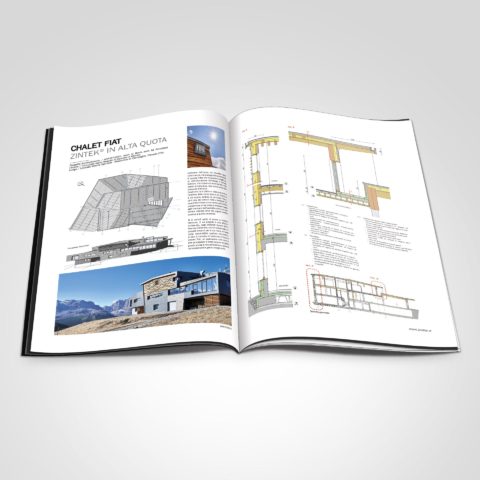When designing a new building, the first thing to do is to take a look at the surrounding landscape. It is in fact in the form of the reliefs, in the color of the vegetation, in the consistency of the surrounding land that the mindful architect will be able to read the stylistic and formal rules from which that particular work will have to be inspired. These are the principles of bio-architecture: a set of composition techniques that tends to integrate human activities with the environment, without compromising or violating it, but rather keeping it and taking care of it for future generations. In addition to conceiving structures that are respectful of the genius loci (the so-called “spirit of the site”), this architectural practice also emphasizes the materials used for the constructions, which must be environmentally friendly and promote the energetic sustainability of the buildings.

An example of such a construction is located in Tuxon, Arizona, at 600 meters above sea level, on the hills overlooking the Sonora Desert. It is a house – called the Tucson Mountain Retreat and designed by Dust Architecture – which, thanks to the choice of unusual materials, adapts to the warm colors and essential shapes of the surrounding desert environment. The building is a square block of battered earth, a natural insulating material, which can completely camouflage in the landscape, thus giving life to a structure that does not exploit the environment but, instead, enhances it, up to the point where it confuses itself with what surrounds it.

Another project that expresses the principles of bio-architecture and its focus not only to reproduce, but also to take care of the surrounding environment, is the Te Kaitaka residence located in the Otago area, in the mountains of New Zealand. Designed by Stevens Lawson Architects Studio, the house is characterized by a roof that follows the triangular lines of the mountain. Even the colors help in this attempt to impact as little as possible: the gray of the roof takes, for example, its inspiration from the rock of the mountains, while the wood of the walls recalls the surrounding nature.

The idea that the work of man should not impose itself on nature but protect and permeate it is also found in the renovation project of the Dosson Hotel and restaurant on the spiral mountain, in the Dolomites of Brenta, designed by architects Giovanni Berti and Monica Fondriest from Artistudio. The original environment has given way to a new structure, a new structure called Chalet Fiat, with high performance and low energy consumption. Built in wood, the Fiat Chalet has been designed in harmony with the surrounding context of which it incorporates nuances: the roofs, made of zintek®, fit into the Dolomites frame, recalling the color of the rocks and the lines of the mountains. The zintek® also responds to the architects’ desire to create an eco-sustainable building.
From the materials to the volumes, everything in this project contributes to a single objective: to inhabit places with responsibility, in the awareness that the only way to do this is by taking care of them.



